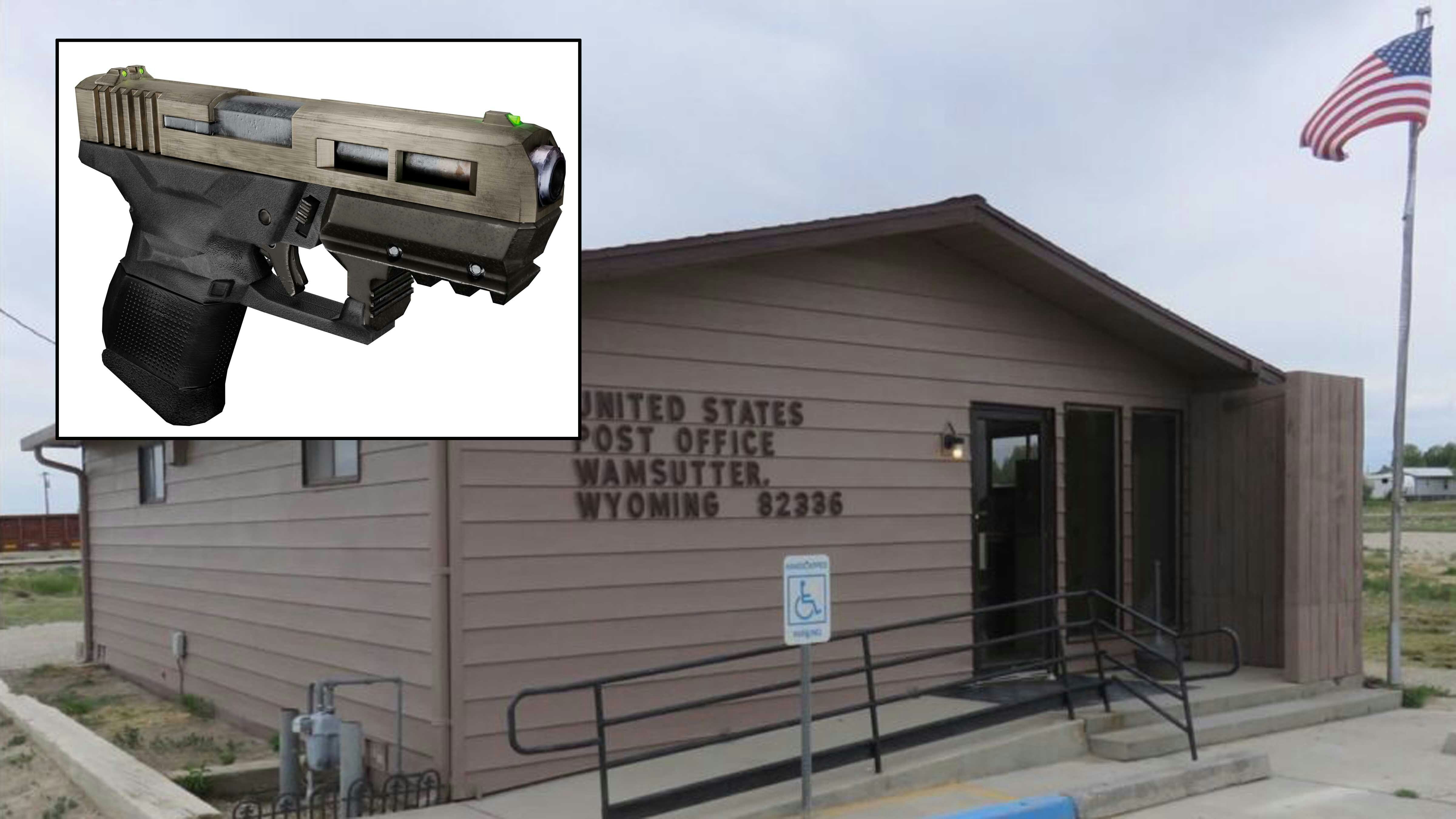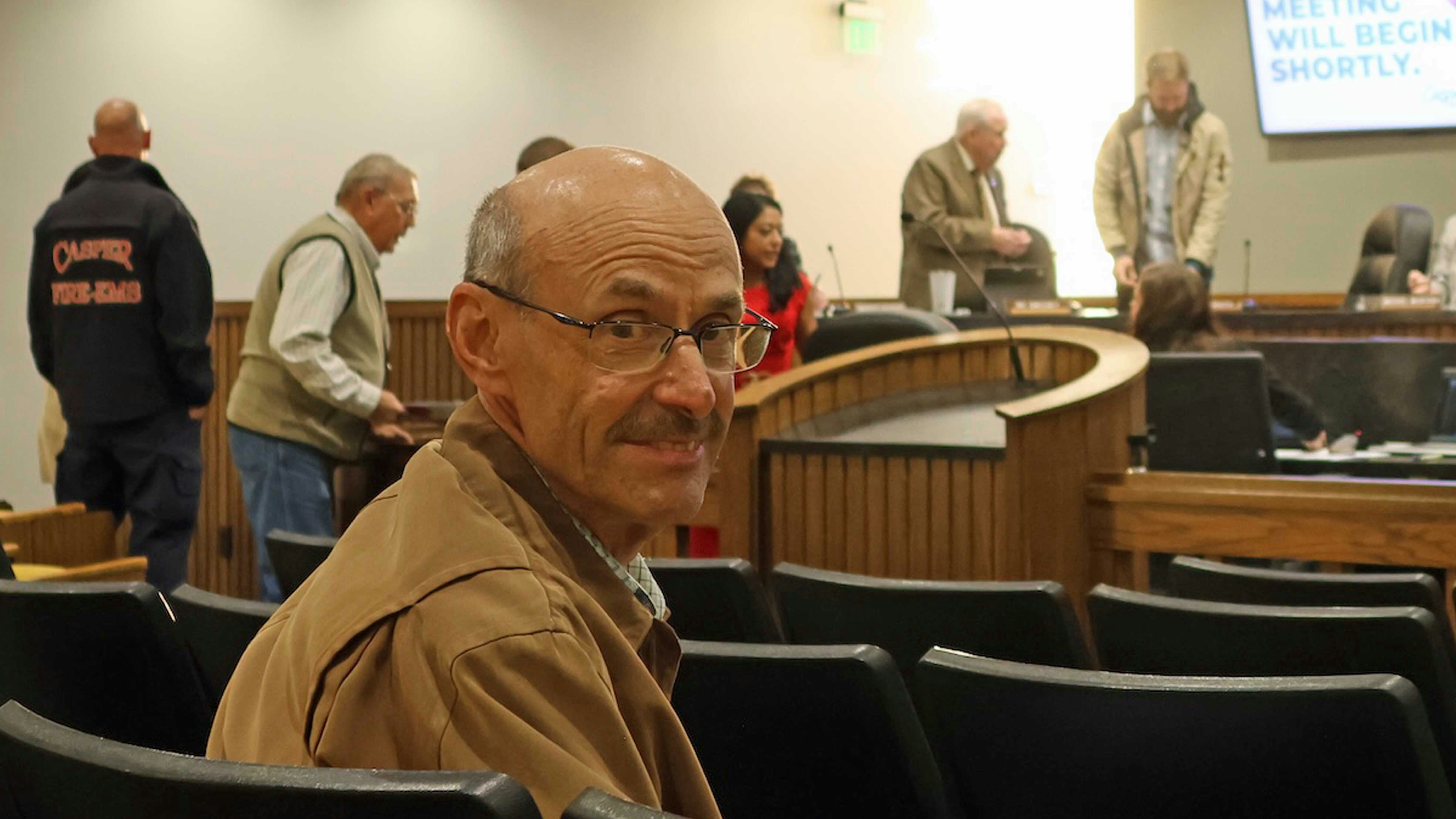Gathering data for accurate property values assessments in Wyoming comes with a certain level of risk. People by and large don’t like others telling them they own money, and a recent trend of property valuation’s skyrocketing in some counties have some getting downright hostile toward their local asessors.
In Fremont County, field workers a few years ago visited a property to find themselves looking down a gun barrel. In Natrona County, Assessor Tammy Saulsbury said that this past month, her field staff has had more hostile encounters than normal as they’ve tried to do their jobs.
She told Natrona County commissioners last week that she’s worried about staff safety, and her field workers shared stories about being threatened. One pair of workers told of not being able to leave a property until the owner in a white truck next to them contacted their supervisor.
“Literally, it has been terrible in the last three weeks,” Saulsbury said. “I am not sure what is happening in our community with the mentality of our citizens if it is the election, the inflation rates — but we have come across some issues that are becoming more concerning to me.”
She said she is more worried about her staff and “which one is not going to make it back from doing their reviews.”
Dogs have been sicced on staff, police have been called on them and “they have been threatened to be shot I don’t know how many times.”
Under Wyoming law, assessors in each county are required to physically inspect all real properties at least once every six years to ensure property characteristic data is accurate. Aerial photography is allowed as a replacement for an onsite visit under some conditions.
State statute 18-3-205 also states that “any person refusing to allow the county assessor, deputy county assessor or representative of the department of revenue to examine any property pursuant to Wyoming Statute 39-13-103(b)(v) is guilty of a misdemeanor and a potential penalty of six months in jail, a $750 fine, or both.
Summer Efforts
Saulsbury said she tries to do larger neighborhood reviews of properties in the summer, and in the winter focuses more on property sales and building permits. During appeals, field appraisers also go out and review properties in question.
In Natrona County, there are up to 10,000 reviews a year and 20-50 a day during the summer.
Casper Police Department dispatch is called each morning to let them know where field workers will be in the city, so they know if someone calls what is going on, Saulsbury said. Letters have been sent to neighborhoods or areas in past years advising of assessments, but that has not happened this year. Saulsbury said she will consider it in the future.
In the past month, three of her field staff told commissioners about situations that involved intimidation by property owners. In one circumstance, a field worker reported being at a ranch property and a man in a white truck appeared, demanded to know what they were doing, and refused to let them leave until he contacted their supervisor.
The pair tried to explain their reason for being on the property and gave him their supervisor’s number.
“I told my partner to get her seat belt on because if this is going to get real gravel is going to fly because I’ve got to get us out of here,” the field worker identified only as Katie said. The office declined to provide her last name.
“We felt pretty on edge,” she said. “We were both calm, but we felt pretty on edge. We weren’t sure what was going to happen.”
All field assessors are in marked county vehicles and carry identification badges.
Another field worker said he just joined the assessor’s office after spending a lot of time in customer service businesses and has never been so challenged in dealing with people.
Another worker spoke of being in Mills and having a neighbor come over and demand they leave the property because the owner “wouldn’t want them there.”
She said she shared what they were doing and who they were, and the neighbor demanded they not leave until the owner showed up. They left and the office got a call from the owner demanding they come back.
They didn’t.
Saulsbury said she has instructed staff to leave when confronted with angry property owners.
“At any time, if they don’t feel comfortable, they are just to leave,” she said. “We do take as many safety precautions as we can but you just never know.”
Freemont County And A Gun
In Freemont County, Assessor Tara Berg said she also is concerned and instructs her staff to leave if someone starts to argue. She said staff try to be very respectful of people’s property.
“We actually did have a gentleman two years ago who pulled a gun on my staff, blocked the road and would not let them out,” she said.
A staff member talked to the man and defused the situation.
“But it is getting more and more prevalent,” Berg said. “People are upset with what is going on in the world and it kind of filters down.”
Berg said she sends out postcards to the areas where field staff will be working that tells people if they have an issue to give them a call. Some houses they avoid.
Six years ago, she had staff visit a home and the owner sat the whole time with a gun on his lap as he talked with them.
“So, we don’t go back there, but we now have the availability with some aerial photography that we’ve got to look at it that way,” she said.
In Crook County, Assessor Dan Thomas said he has not seen any recent issues with field staff encounters. If they are doing field review of a whole town, they will take out a newspaper notice to let property owners know.
“When we are going out to rural areas, ranches and things like that, we might end up calling the landowner to let them know, just in case a gate is locked or something like that,” he said. When there have been problems in the past, he said once the process and law is explained, “then we have no problems.”
‘Getting Scarier’
In Sublette County, Assessor Laila Illoway said it is “getting scarier” for field staff to go out. She characterizes her staff as “more hesitant” about the field assignments.
“All the local people that have been around understand, but there are people who don’t want us on their property and don’t know that we have statutory rights and duty to be there.”
She said staff prefer when the office can use pictometry, or the Eagleview company, that gets flown, but the method is expensive.
Natrona County’s Saulsbury said particularly for rural areas where cell service does not work or is sketchy, Eagleview GIS photography that combines aerial imagery from multiple angles with GIS data would be a safer option. The technology uses low flying aircraft taken at 40- to 50-degree angles and camera system that captures images from all perspectives.
The company states on its website that it could tell an assessor if a building is heated by using the oblique imagery to “see under the roof and determine what the structure is and calculate its valuation.”
Natrona County commissioners said flying the Eagleview software is expensive, but told Saulsbury they would look into expanding its use. They encouraged her to try and make more efforts to reach out to county property owners prior to an assessor team visit.
“To the extent you can provide some type of notice would be good. Any time the government says we have a right to be on your property, you may be expressing yourself less than perfectly,” Commission Chairman Peter Nicolaysen said. “You have to understand that them’s fighting words sometimes.”
Dale Killingbeck can be reached at dale@cowboystatedaily.com.








